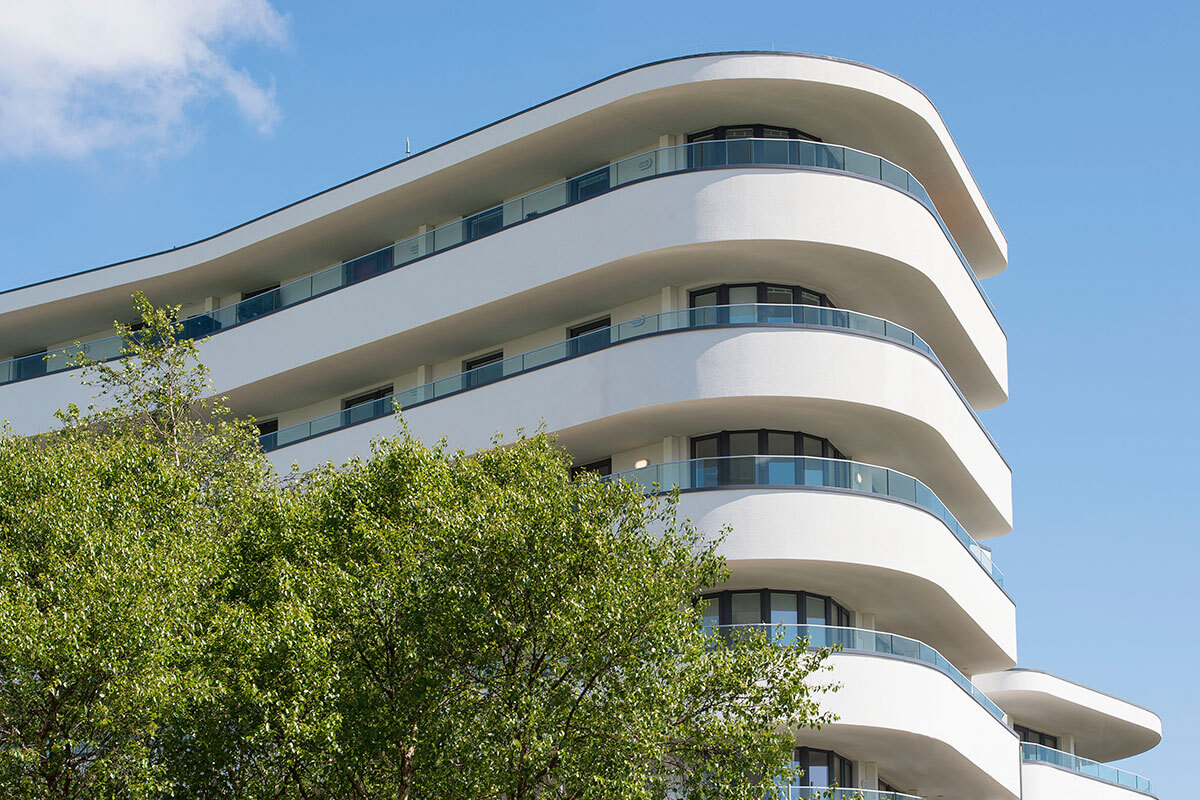Comment15.02.24by Jonathan PearsonStandardisation could mean easier and faster provision of affordable housing, writes Jonathan PearsonSharelinesStandardisation could mean easier and faster provision of affordable housing, writes Jonathan Pearson #UKhousingAdopting standard housing types doesn’t have to lead to monotonous, ‘ugly’ developments, writes Jonathan Pearson #UKhousing
When it comes to providing the right homes for their residents, affordable housing providers have long been dependent on either utilising existing stock or house builders’ ‘hand-me-downs’.
The danger is that this leaves them with ageing properties that become more difficult to bring up to modern standards, or new homes that have been built for a quick sale and without a view of their long-term potential, which the housing associations that manage them must take into account.
With demand vastly outstripping the current supply, providers do of course need to take the stock they are offered but this can often lead to expensive adjustments over time. And this then hinders their overall ability to develop the 145,000 affordable homes a year which the National Housing Federation has called for to meet the UK’s desperate housing need.
So it’s encouraging to see more and more of the affordable housing providers we work with now looking at designing their own standard housing types to help overcome some of the barriers in the way of them developing more new homes.
For just as private developers like Tayor Wimpey and Redrow have learned the benefits of creating different housing types, which they then use again and again all over the country, housing associations too should be encouraged to embrace the potential of this approach.
Could this in fact be key to solving the housing crisis?
“Just as private developers have learned the benefits of creating different housing types, which they then use again and again all over the country, housing associations too should be encouraged to embrace the potential of this approach”
Standardisation is not just about cost-cutting. It could mean easier and faster provision of affordable housing, as well, by creating important new efficiencies. Building the same housing types at scale means developers can learn to better streamline their construction processes and de-risk any challenges and pinch points to ensure the built form is of higher quality and developed at greater speed.
This could also lead to greener, more sustainable housing, thanks to housing associations’ long-term perspective and ability to spread costs over a longer period, with any savings accrued from the construction process directed towards incorporating environmentally friendly features.
The danger, of course, is that repetitive use of standard designs can lead to identikit housing across the country and the kind of developments the government has said it wants to prevent with its updated National Planning Policy Framework.
Michael Gove has said that “building beautifully and refusing ugliness” are central to these reforms and this was epitomised by his attempts to block the development of new Berkley Homes properties in Kent last year because he believed they were of “generic suburban nature”.
But adopting standard housing types doesn’t have to lead to monotonous, ‘ugly’ developments. The key lies in the right design choices and materials.
By carefully selecting the architectural elements and local materials that match the nearby environment and heritage, we can create more housing developments that reflect the local vernacular and complement their surroundings. Architects and designers should also be encouraged to work within the framework of standard templates and incorporate innovative features that enhance the overall appeal of the properties.
“Adopting standard housing types doesn’t have to lead to monotonous, ‘ugly’ developments”
Importantly, 8.5 million people in England alone now have some form of unmet housing need, according to the National Housing Federation, and two million children currently live in overcrowded, unaffordable or other unsuitable homes. So this approach also gives affordable housing providers more control to ensure properties are of the right design and size to suit the current and projected needs of their tenants.
If homes are less suited to their residents’ needs, they don’t let so well, there is a higher turnaround, transient tenancies, and ultimately, disadvantaged social housing tenants. But by talking to residents as well as the neighbourhood teams who will manage these buildings, providers can really build homes that suit how they will actually be used and how people will actually live in them.
In isolation, I don’t believe standardised housing types are the silver bullet that will help housing associations solve the housing crisis. They should, however, form part of a broader approach that prioritises understanding and catering to the diverse needs of communities.
In the need to develop thousands more affordable homes all over the country, striking this balance between individuality and uniformity will be key to not only building more but also ensuring that the communities we create are more inclusive and sustainable for many years to come.
Jonathan Pearson, director, Residentially
Sign up for our development and finance newsletter


